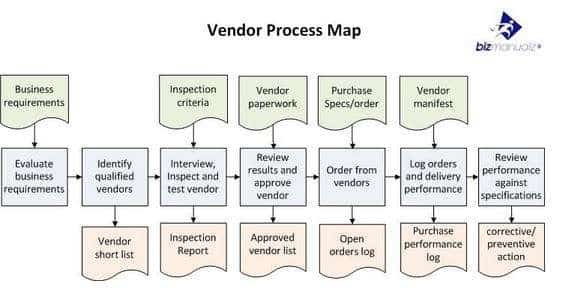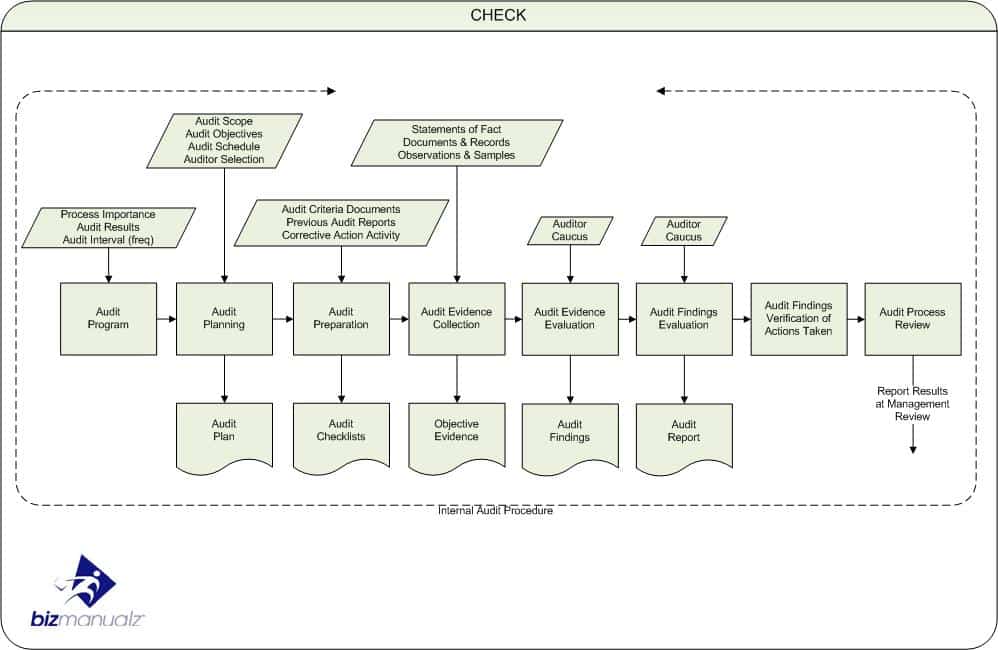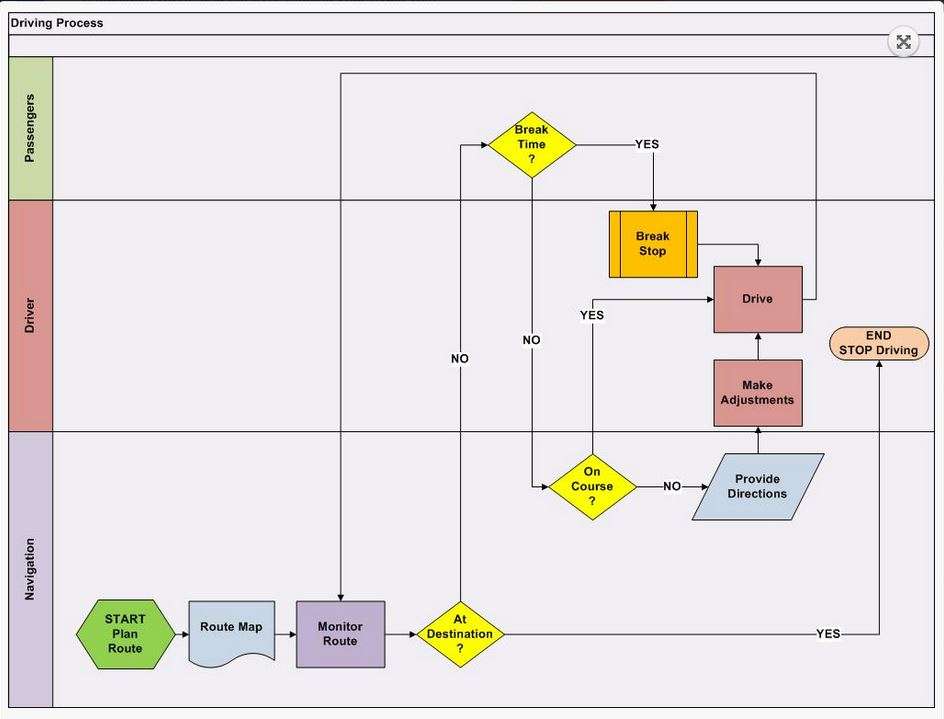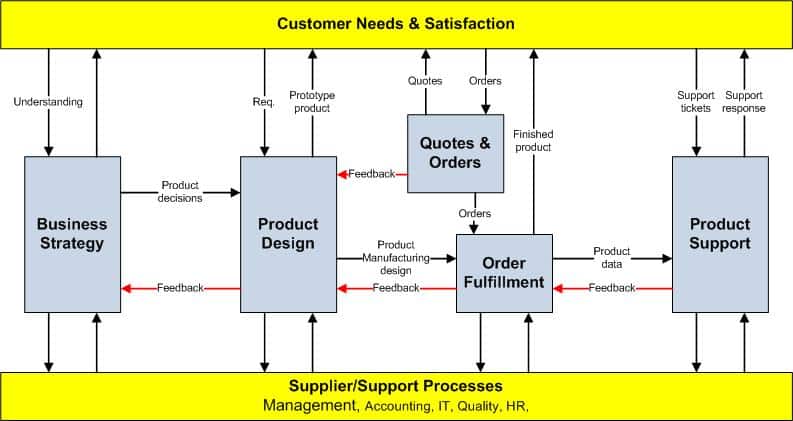Do You Make the 7 Process Mapping Mistakes?

Effective businesses operate effective business processes that are a part of an effective management system. For effective business performance you need to avoid these common process mapping mistakes.
7 Process Mapping Blunders You Need To Avoid In Your Business
A “process map” visually describes the flow of activities of a process. When organizations are looking to optimize their systems and improve performance, with an eye to increasing revenue, many businesses turn towards process mapping as a way of identifying how tasks are performed, and where improvements can be made. As good as process mapping sounds, however, there are many pitfalls that businesses, pursuing improvements too hastily, can stumble on.

1) Narrow Process Scope
Diving into the details of a process seeking to identify ways to improve overall business performance is tempting, but without a broader context of business processes, any problems that are discovered are likely to be misunderstood. A business process is inherently part of a chain of processes and problems in one process rarely originate without external influences. Business process mapping practitioners need to expand their scope to contain broader business practices in order to identify problems and solutions in business processes.
2) An Absence of Process Analysis
Business process mapping is a powerful tool for providing deeper insight into the performance of business processes and, when performed correctly, a valuable visual diagram of interconnected processes emerges. However, without an underlying analysis of these processes, practitioners will find themself merely describing problems without understanding their deeper causes. Process mapping needs to have a high level of analysis to provide the most value to organizations.
3) Overcomplicating the Process Map
Whilst analysis is important, one of the challenges for process mapping practitioners is to build a complete picture of business processes without creating a degree of impenetrable complexity. “Solutions have to be actionable as well as insightful,” says Betty Bristow, a business expert at Essay Services and UKWritings. “Stripping irrelevant information out of a process mapping model is an important stage. Applying a levelled process architecture such as the Perigon Method is one way to do this.”
4) Poor Process Map Maintenance
Businesses which implement process mapping are more likely to be effective, efficient and profitable but too many organizations see process mapping as a one-time thing and whilst some insights are actioned, the map is not revised and updated. However, businesses operate in dynamic environments, rapid developments on both the market and supplier ends can affect business performance, and so process mapping needs to be a continuous process to gain the greatest outcomes. A process mapping team should be employed with the task of maintaining and updating a map, as well as communicating the process improvement suggestions.
5) Inconsistent Process Map Practices
Process mapping practitioners should familiarise themselves with standardized notation in the presentation of a business process map. For example, Workflow diagrams and Rendered Process Maps translate abstract Unified Modeling Language (UML) of squares and diamonds into graphical representation explaining the business process visually. Other practices include consistency across text, graphics, tables as well as analytic tools, ensuring that findings aren’t “lost in translation” when transferred between departments.
“For process mapping to be at its most effective, it should be instantly interpretable across a wide spectrum of an organization,” says Sarah Giblin, a tech writer at Custom Writing and Assignment Help. “If practitioners are taking shortcuts on tools or language and creating heterogeneous maps when the message will be diluted.”
6) Mapping Ideal Process
What is a well-defined process? When organizations begin mapping business processes it can be tempting to take an abstract approach based on businesses performance documents. Generating a map based on these items will give you an accurate picture of your business’s ideal processes, but ultimately may be severed from the real processes your business is undertaking. Practitioners need to work across departments to identify how processes are taking place in practice, otherwise the solutions identified will have no connection to the real world.
7) Using The Wrong Tools
Finally, process mapping can only be as effective as the tools which are used to generate the map. Using the wrong tools, those that aren’t suitable for your business or industry, will undermine the process from the start. Appraise the software your business is choosing for its process mapping – taking shortcuts and cost-cutting in your process mapping approach can cost you in the long run.
Avoiding Process Mapping Mistakes
Deficiency in business processes can be difficult to identify: interwoven processes and complex variables create an environment that is not conducive to optimization. Process maps are a communication tool used to penetrate this darkness revealing the path to greater profitability. Avoid these process mapping mistakes for business success.
Katherine Rundell is a writer at Big Assignments and Essay Writer. She writes about business systems and processes and IT. At home she has two greyhounds who hog the sofa. She is also a manager at Best Essay Writing Service.



















Leave a Reply